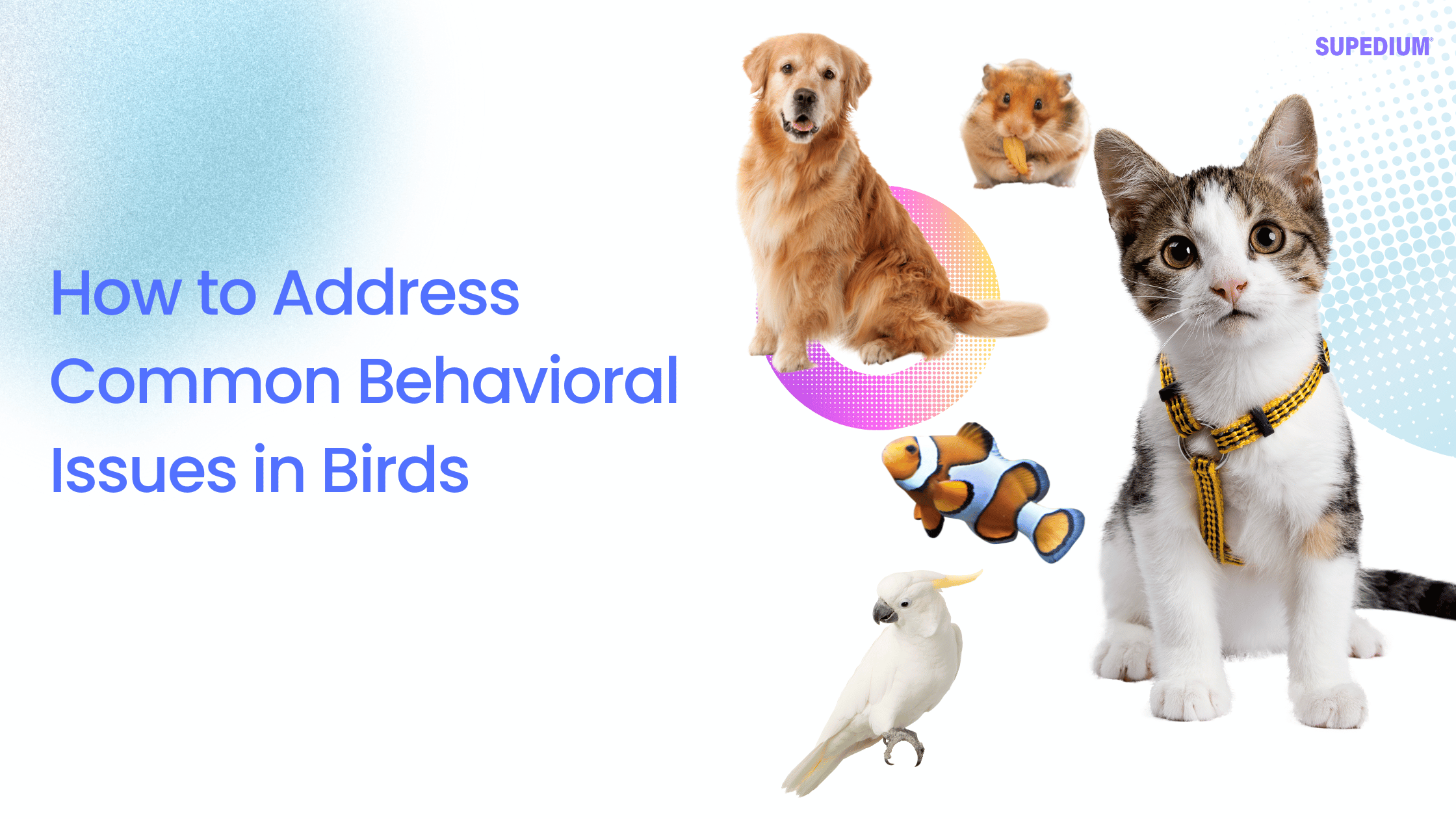Table of Contents
![]()
Introduction
Web3 represents the next evolution of the internet, characterized by decentralization, user ownership, and blockchain technology. As the digital landscape shifts from traditional centralized systems to a more distributed framework, the potential for social impact becomes increasingly significant. This article explores how Web3 can address pressing social issues, promote equitable systems, and empower communities around the globe.
Core Principles of Web3
Decentralization
At the heart of Web3 is the principle of decentralization. Unlike traditional web models that rely on central authorities, Web3 allows users to interact directly, minimizing the need for intermediaries. This shift empowers individuals, giving them greater control over their data and digital assets.
Transparency and Trust
Web3 technologies leverage blockchain to create transparent and immutable records of transactions. This transparency fosters trust among users, enabling trustless interactions where participants can engage without needing to rely on a central authority. The assurance of data integrity can significantly enhance collaboration and accountability in various sectors.
Tokenomics and Incentives
Tokenomics—the economic structures built around tokens—plays a critical role in Web3. Through innovative incentive models, individuals and communities can engage in economic activities that prioritize social good. Tokens can be used to reward contributions, support local initiatives, and incentivize participation in community projects.
Potential Social Impacts of Web3
Financial Inclusion
Web3 has the potential to revolutionize financial services, especially for underserved populations. Decentralized finance (DeFi) platforms provide access to banking services, enabling individuals to save, borrow, and invest without traditional barriers. This increased accessibility can lead to improved financial literacy and empowerment, ultimately fostering economic stability.
Empowerment of Marginalized Communities
Web3 allows marginalized communities to gain ownership of their digital identities and assets. Through non-fungible tokens (NFTs) and decentralized applications, individuals can represent their cultural heritage and stories, gaining visibility and economic opportunities that were previously out of reach. This empowerment encourages representation and fosters a sense of belonging.
Enhanced Governance and Civic Engagement
Decentralized autonomous organizations (DAOs) offer innovative governance models that empower communities to participate in decision-making processes. DAOs allow for collective management of resources, enabling community-driven solutions to local issues. This model promotes civic engagement and strengthens democratic practices, allowing voices from all segments of society to be heard.
Sustainability and Environmental Impact
Web3 can also contribute to sustainability efforts. Emerging eco-friendly blockchain solutions are designed to reduce the environmental impact of traditional blockchain technologies. Additionally, blockchain can track and verify sustainable practices, allowing consumers and organizations to support environmentally responsible initiatives through token sales and funding mechanisms.
Case Studies
Financial Inclusion Initiatives
One compelling example of Web3’s impact on financial inclusion is decentralized finance platforms that provide microloans to underserved populations. These platforms leverage smart contracts to facilitate peer-to-peer lending, offering individuals access to capital without the burdensome requirements of traditional banks.
Art and Cultural Empowerment
NFTs have emerged as a powerful tool for artists from underrepresented backgrounds. Platforms like OpenSea and Rarible enable creators to monetize their work directly, bypassing traditional gatekeepers in the art world. This democratization of art allows diverse voices to flourish and gain recognition on a global scale.
Governance Models
DAOs such as MolochDAO illustrate how Web3 can enhance governance. MolochDAO allows members to propose and vote on funding initiatives, enabling communities to directly influence the allocation of resources. This participatory approach fosters accountability and encourages a sense of ownership among members.
Environmental Projects
Blockchain initiatives focused on sustainability are gaining traction. For instance, projects like Energy Web are using blockchain technology to track renewable energy production and consumption, promoting transparency and accountability in energy markets. Such initiatives demonstrate how Web3 can drive positive environmental outcomes.
Challenges and Limitations
Scalability and Accessibility
Despite its potential, Web3 faces significant challenges. Scalability remains a critical issue, as many blockchain networks struggle to handle high transaction volumes. Additionally, accessibility barriers exist for individuals who may lack the technical knowledge to engage with decentralized technologies.
Regulatory Hurdles
Navigating regulatory landscapes poses another challenge for Web3 initiatives. Ensuring compliance while fostering innovation requires collaboration with policymakers to create frameworks that support the growth of decentralized systems without stifling their potential.
Misinformation and Trust Issues
As with any emerging technology, misinformation can proliferate within Web3. The risk of scams and fraudulent projects can undermine trust in decentralized systems. Building reliable sources of information and promoting transparency will be essential to counteract these challenges.
Future Directions
Integration with Traditional Systems
The future of Web3 may involve collaboration with traditional institutions. Hybrid models that blend the strengths of both decentralized and centralized systems can enhance social impact, creating pathways for broader adoption and participation.
Innovations in User Experience
Improving user experience will be crucial for mainstream adoption. Simplifying interfaces and providing educational resources can help bridge the gap for non-tech-savvy individuals, encouraging wider engagement with Web3 technologies.
Long-term Sustainability
Balancing profit motives with social goals will be vital for the long-term sustainability of Web3 initiatives. Developing metrics to measure social impact and success will enable stakeholders to assess their contributions and refine their approaches over time.
Conclusion
Web3 holds tremendous promise for creating a more equitable and inclusive future. By leveraging its core principles of decentralization, transparency, and community engagement, we can address pressing social issues and empower individuals and communities. As stakeholders work to harness the potential of Web3, collaboration and innovation will be key to ensuring that social impact remains at the forefront of this transformative movement. Embracing this opportunity requires a collective commitment to leveraging technology for the greater good, paving the way for a brighter, more equitable world.
Share This





Be the first to comment